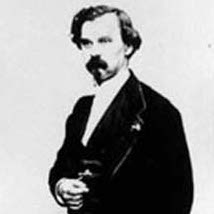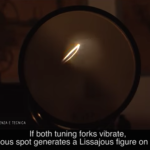People
Jules Antoine Lissajous

Jules Antoine Lissajous
Jules Antoine Lissajous was a high-school teacher, then held prestigious administrative posts in the education system of various parts of France. He had trained in physics, and defended his dissertation on vibratory phenomena in 1850. While teaching at the Lycée Saint-Louis in Paris, he forged links with several scientific Parisian institutions, and alongside his educational career he became an expert in acoustics, serving on juries in industrial exhibitions and offering advice on official matters, including the determination of a French national standard for musical pitch in 1858. In 1855, Lissajous developed the method of sound visualization that made him famous: he demonstrated the motions of sound by attaching a small mirror to a tuning-fork tine and projecting light onto it. Further experiments involving two perpendicular tuning forks showed the relationship between their respective vibrations. Lissajous thus created a method for precise tuning: by knowing the pitch of one of the forks and analyzing the figures created by their vibrations, one could tune the second fork. After the national standardization of pitch in France in 1859, Lissajous applied this method to the verification of tuning forks in an office dedicated to the enforcement of pitch reform at the Paris Conservatory.
© 2015 – 2025 Humboldt-Universität zu Berlin






